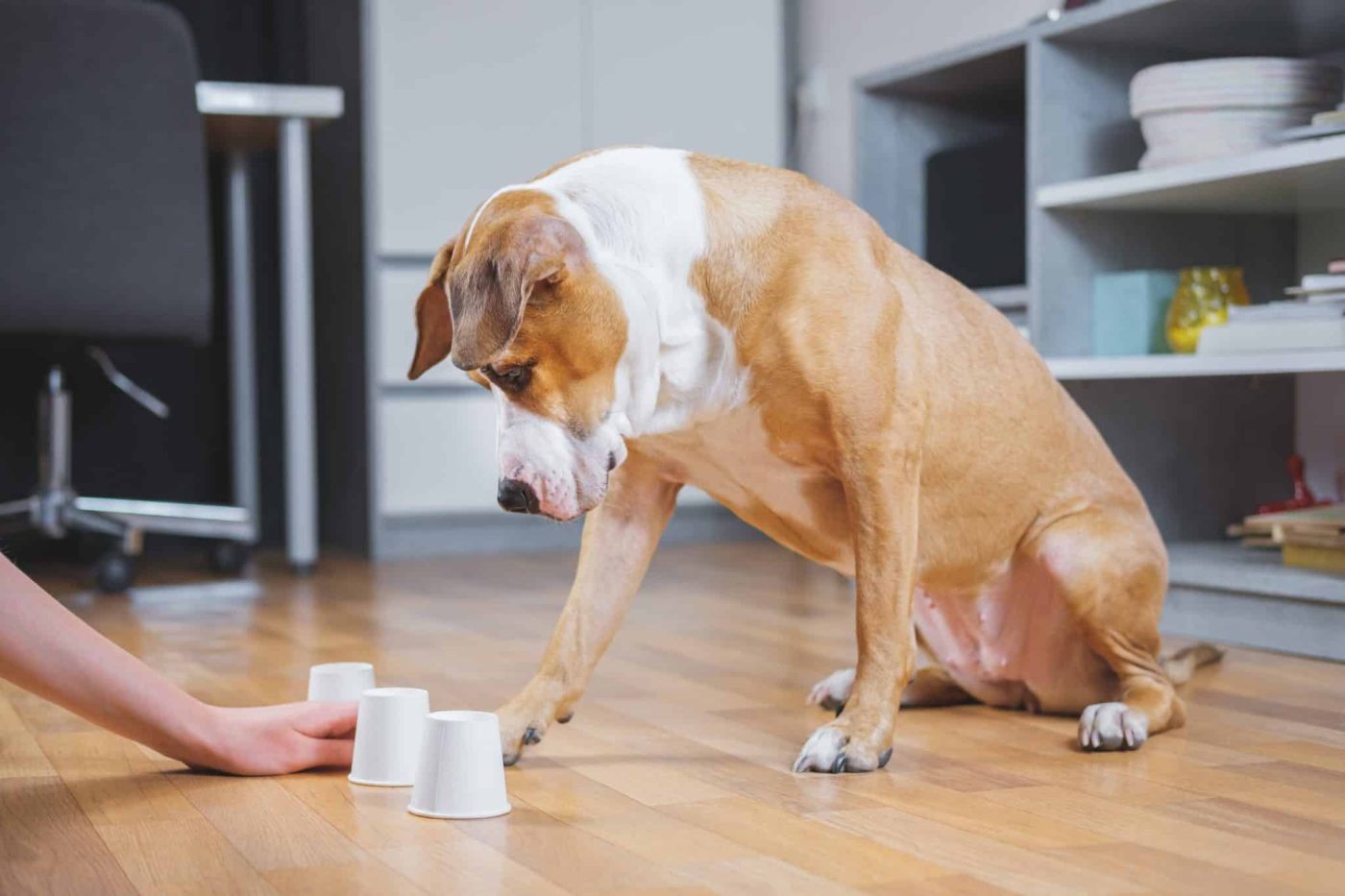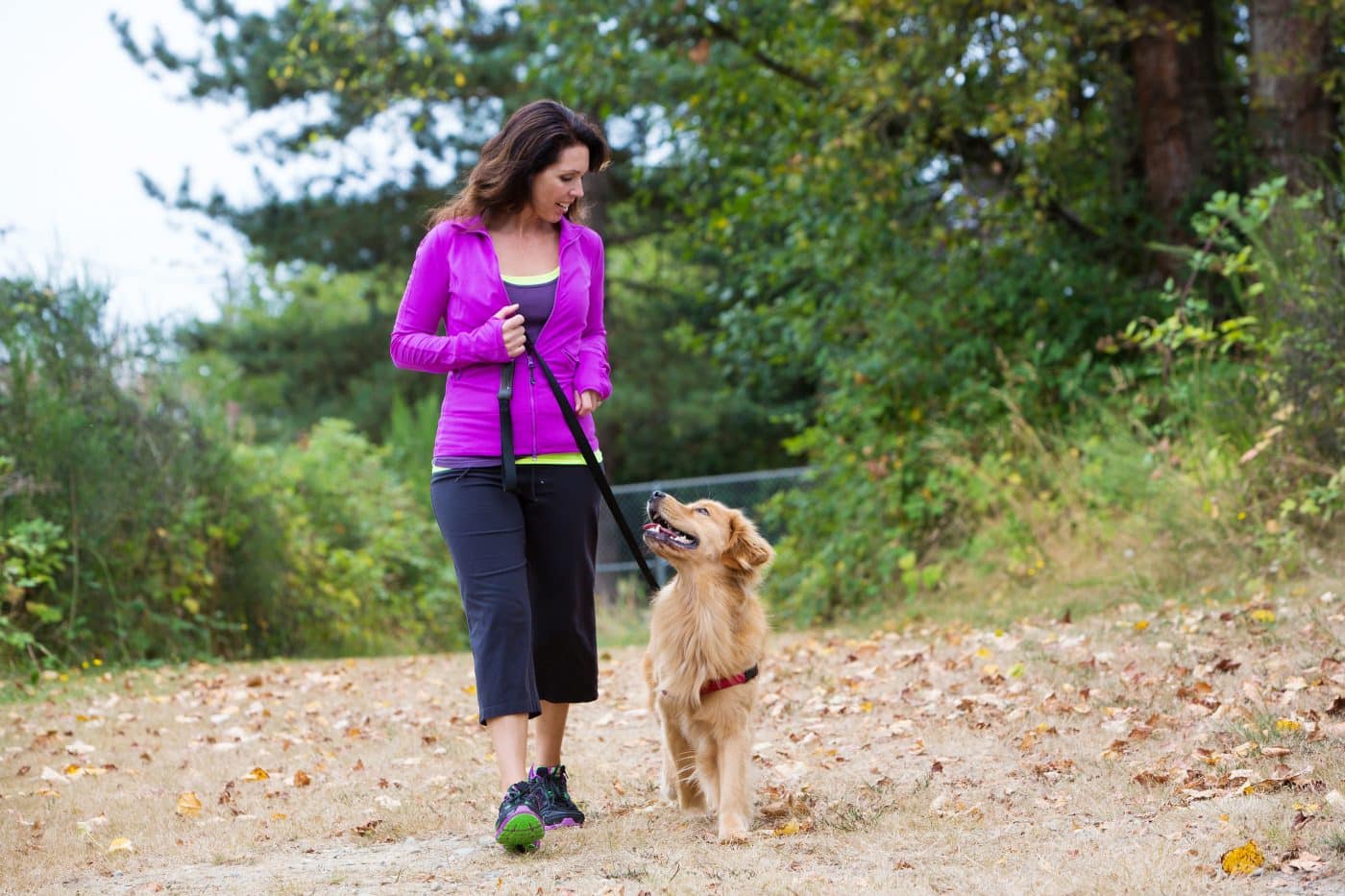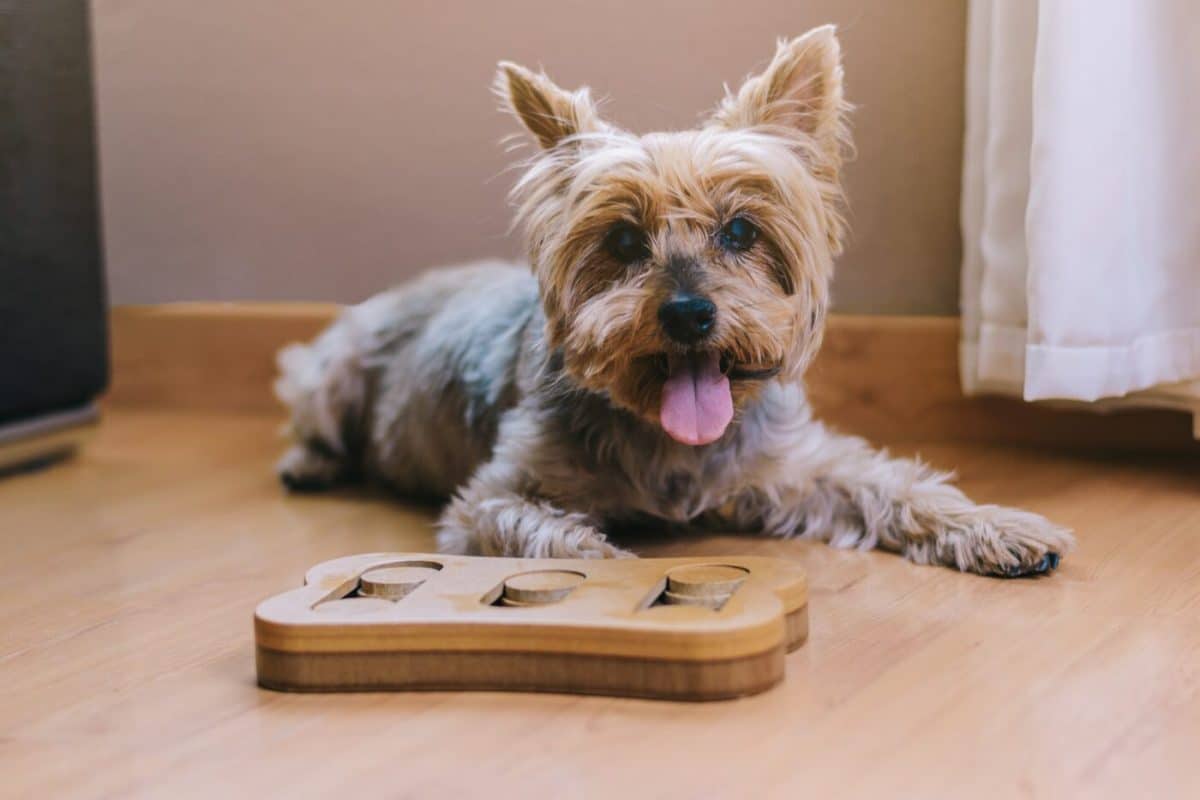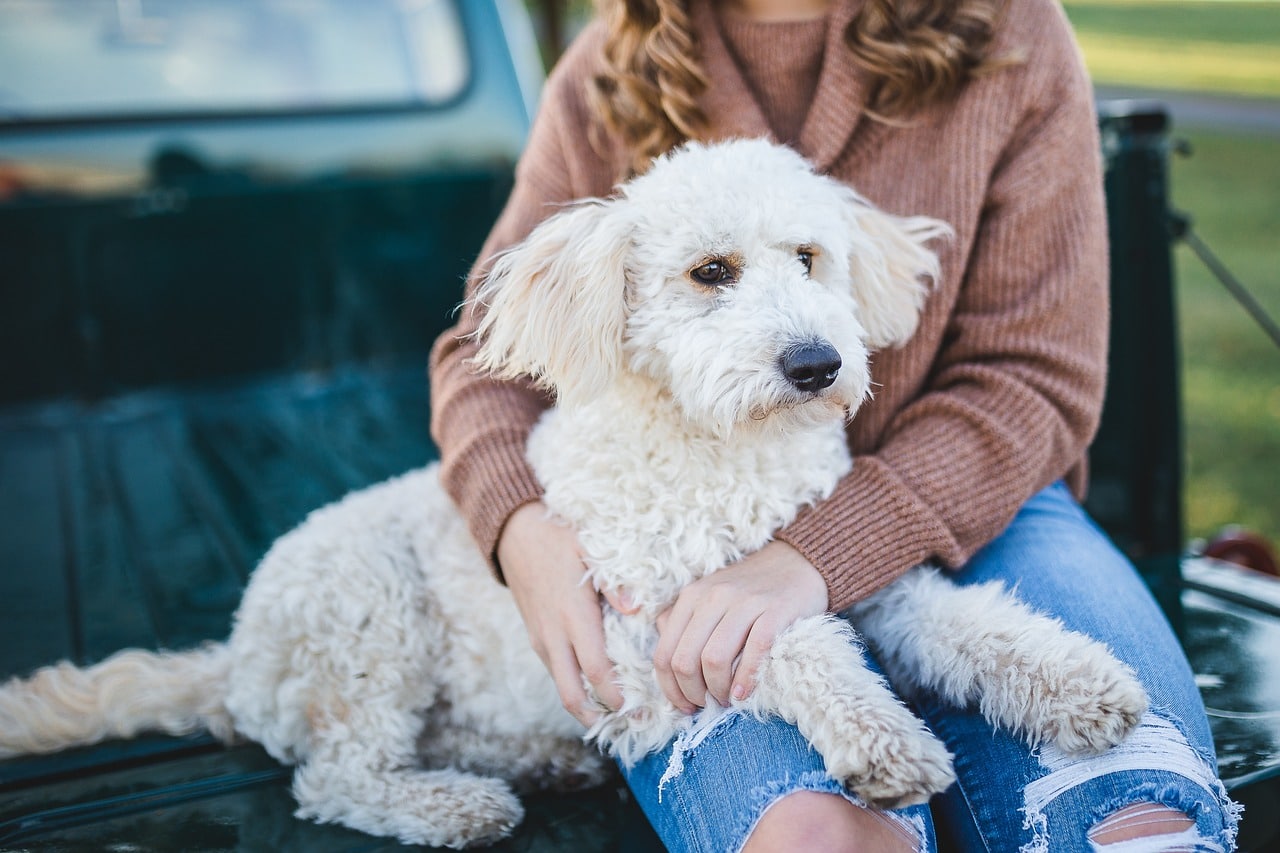 Shutterstock
Shutterstock
Bringing a rescue dog into your home is a rewarding and heartwarming experience, but it also requires patience, understanding, and a lot of love. These dogs often come from challenging backgrounds, so adjusting to a new environment can be overwhelming. Creating a safe, welcoming space and gradually building trust can help your new furry friend feel comfortable and secure. Each dog is unique, with its personality, past experiences, and adjustment period, so it’s essential to approach this journey with care.
Create a Cozy, Private Space
 Shutterstock
Shutterstock
Every dog needs a safe haven where it can retreat when feeling overwhelmed. Set up a cozy, quiet area with a soft bed, blankets, and toys. Avoid high-traffic spots to ensure your dog has a calm environment. This dedicated space acts as your dog’s sanctuary, helping it feel secure as it adapts to new surroundings.
Stick to a Consistent Routine
 Shutterstock
Shutterstock
Dogs thrive on routine, and consistency is especially comforting for rescue dogs. Establish a regular schedule for feeding, walks, and bedtime to help them feel secure. Knowing what to expect reduces anxiety and builds trust. Over time, this predictability will help your dog settle into its new home.
Take Things Slow
 Shutterstock
Shutterstock
It can be tempting to shower your new dog with attention or introduce them to every family member and friend immediately. However, rescue dogs often need time to decompress. Allow them to explore their new environment at their own pace. Give them space to adjust, and don’t rush interactions—they’ll open up when they’re ready.
Use Positive Reinforcement
 Shutterstock
Shutterstock
Rewarding good behavior with treats, praise, or affection helps your rescue dog associate their new home with positive experiences. Positive reinforcement is a powerful tool for building trust and encouraging desired behaviors. Focus on celebrating small wins, like coming to you when called or sitting calmly.
Introduce New Experiences Gradually
 Shutterstock
Shutterstock
New sights, sounds, and smells can overwhelm a rescue dog. Slowly introduce them to new environments, people, and experiences. For example, start with short walks in quiet areas before venturing into busier settings. Gradual exposure allows them to build confidence and adapt at a safe pace.
Be Patient with House Training
 Shutterstock
Shutterstock
If your rescue dog isn’t house-trained, approach the process patiently and kindly. Accidents may happen, but consistency and positive reinforcement will help them learn. Avoid punishment, as it can create fear and confusion. Instead, celebrate their progress and provide clear guidance to help them succeed.
Provide Mental Stimulation
 Shutterstock
Shutterstock
Engaging your dog’s mind is as important as physical exercise. Puzzle toys, training games, and interactive play stimulate your rescue dog mentally. These activities help alleviate anxiety, prevent boredom, and create opportunities for bonding. A busy mind is happy, especially for dogs adjusting to a new life.
Build Trust Through Gentle Interaction
 Shutterstock
Shutterstock
Rescue dogs may have experienced neglect or abuse, so building trust takes time. Use calm, gentle interactions to show them they’re safe and loved. Avoid sudden movements or loud noises that might startle them. Over time, your patience and kindness will help them feel secure in your care.
Socialize Carefully
 Shutterstock
Shutterstock
Socialization is crucial, but it’s essential to approach it thoughtfully with a rescue dog. Start by introducing them to calm, friendly dogs or people in controlled environments. Watch for signs of stress or discomfort, and adjust the pace as needed. Proper socialization helps your dog gain confidence and enjoy positive interactions.
Communicate With Body Language
 Shutterstock
Shutterstock
Dogs rely heavily on body language to understand their environment. Use relaxed postures, soft eye contact, and a soothing tone to communicate safety and affection. Pay attention to your dog’s cues, such as wagging tails or tucked ears, to gauge their comfort level and adjust your approach accordingly.
Show Unwavering Patience and Love
 Shutterstock
Shutterstock
Above all, patience and love are the most important gifts you can give your rescue dog. Adjusting to a new home is a big step, and progress may sometimes be slow. Celebrate small milestones, and remind yourself that building trust and creating a loving bond is a journey worth taking.
The Tail-End Of New Beginnings
 Shutterstock
Shutterstock
Helping a rescue dog feel at home takes patience, love, and a sprinkle of humor when things don’t go as planned. Whether you find them napping in your laundry or see their tail wag for the first time, every moment highlights the beauty of giving second chances. The journey may have its ups and downs, but the unconditional love and gratitude you receive make it all worthwhile. So, fluff their bed, grab the treats, and prepare for a lifetime of furry companionship and heartwarming memories!
 Toledo, United States.
Toledo, United States.